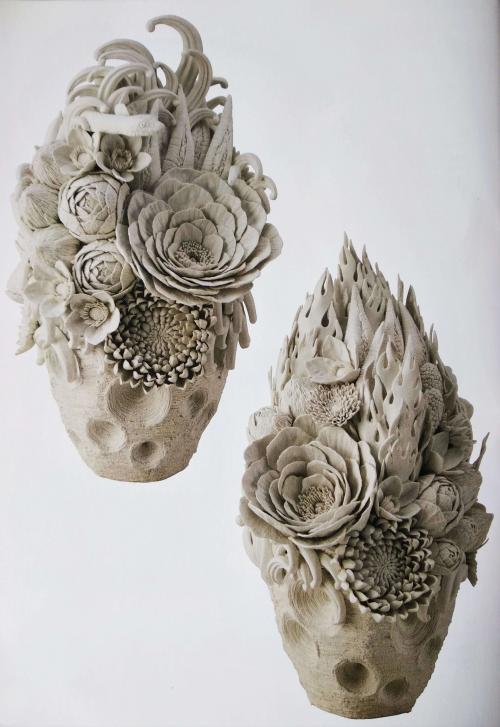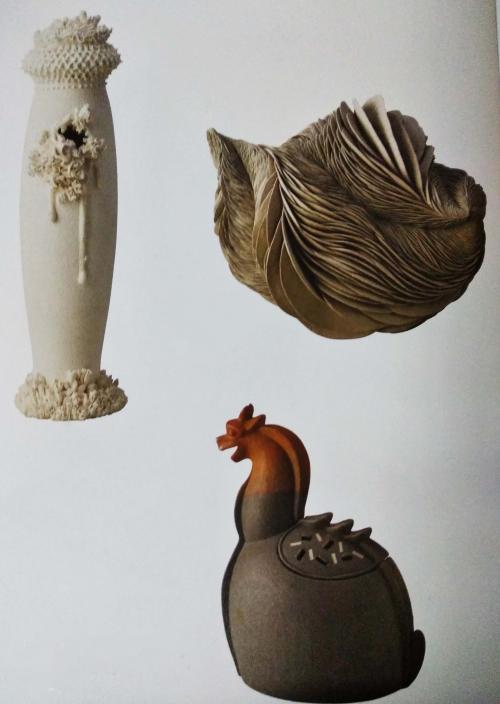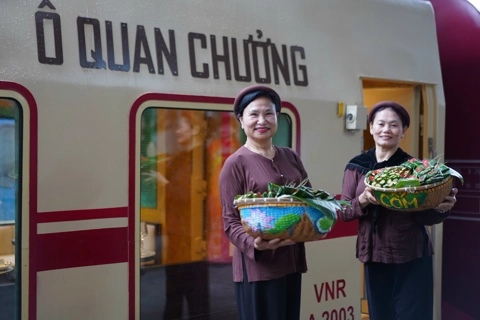Exhibition of traditional Japanese pottery to be opened in Hanoi
The exhibition of Yakishime-style ceramics aims to help Hanoi residents and visitors understand the diversity of Japanese culture and appreciate Japanese creativity.
The ceramics exhibition titled "Yakishime - Earth Metamorphosis" will be held from April 4 to 20 at the Vietnam National Fine Arts Museum, Hanoi, according to the Japan Foundation Center for Cultural Exchange in Vietnam.
| The poster of the “Yakishime - Earth Metamorphosis” provided by the Japan Foundation in Vietnam |
"Yakishime - Earth Metamorphosis" focuses on the ceramic technique of yakishime, the firing of unglazed wares at high temperatures. While one of the most basic means of producing ceramics, yakishime has developed in distinctive directions in Japan. This exhibition introduces an aspect of Japanese culture by examining yakishime from the earliest examples to contemporary works.
The earliest known examples of yakishime ware date back to the fourth or fifth century. However, it was not until the twelfth through the seventeenth centuries that the technique became firmly established and was used in a significant portion of the production of the major ceramic centers in Japan, including Bizen, Shigaraki, and Tokoname.
This exhibition presents functional Yakishime wares of two types: utensils used in the tea ceremony - a major influence on the development of traditional Japanese culture, and tableware - an essential part of everyday life in Japan. It also features various non-utilitarian objects created by contemporary ceramic artists working with yakishime.
According to Japanese experts, the key elements of Yakishime are firing, clay, and form. Two kilns are used: Anagama, a single-chamber tunnel kiln, and Noborigama, a multi-chamber climbing kiln. Temperatures can reach 1350 degrees Celsius (some push it up to 1500 degrees), and a kiln can be fired for up to sixty days.
The clay, like the rice in sake, determines the "flavor" of the pot - this is called "tsuchi-aji" or clay flavor. In a yakishime pot, tsuchi-aji is very important.
Like sake rice, it removes many of the impurities from the clay. However, some potters like rougher clay and leave in small stones that sometimes burst out on the surface during firing. This is called ishihaze.
The exhibition organizer hopes that by experiencing this wide variety of yakishime wares, local people and visitors to Hanoi will become aware of the depth and diversity of Japanese culture and gain insight into its creation.
The exhibition is open daily from 8:30am to 5pm.
| Yakishime wares are considered part of Japan’s traditional culture. File Photo |














